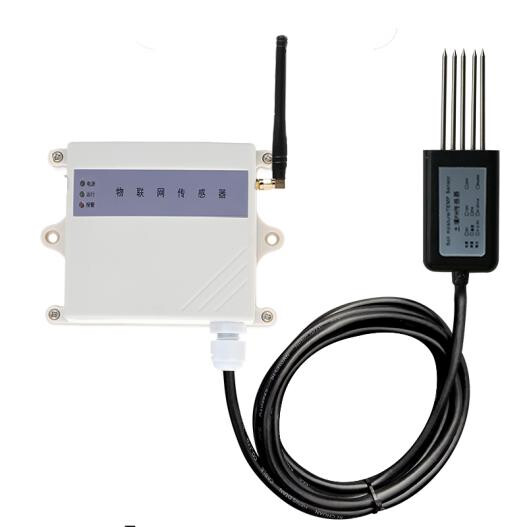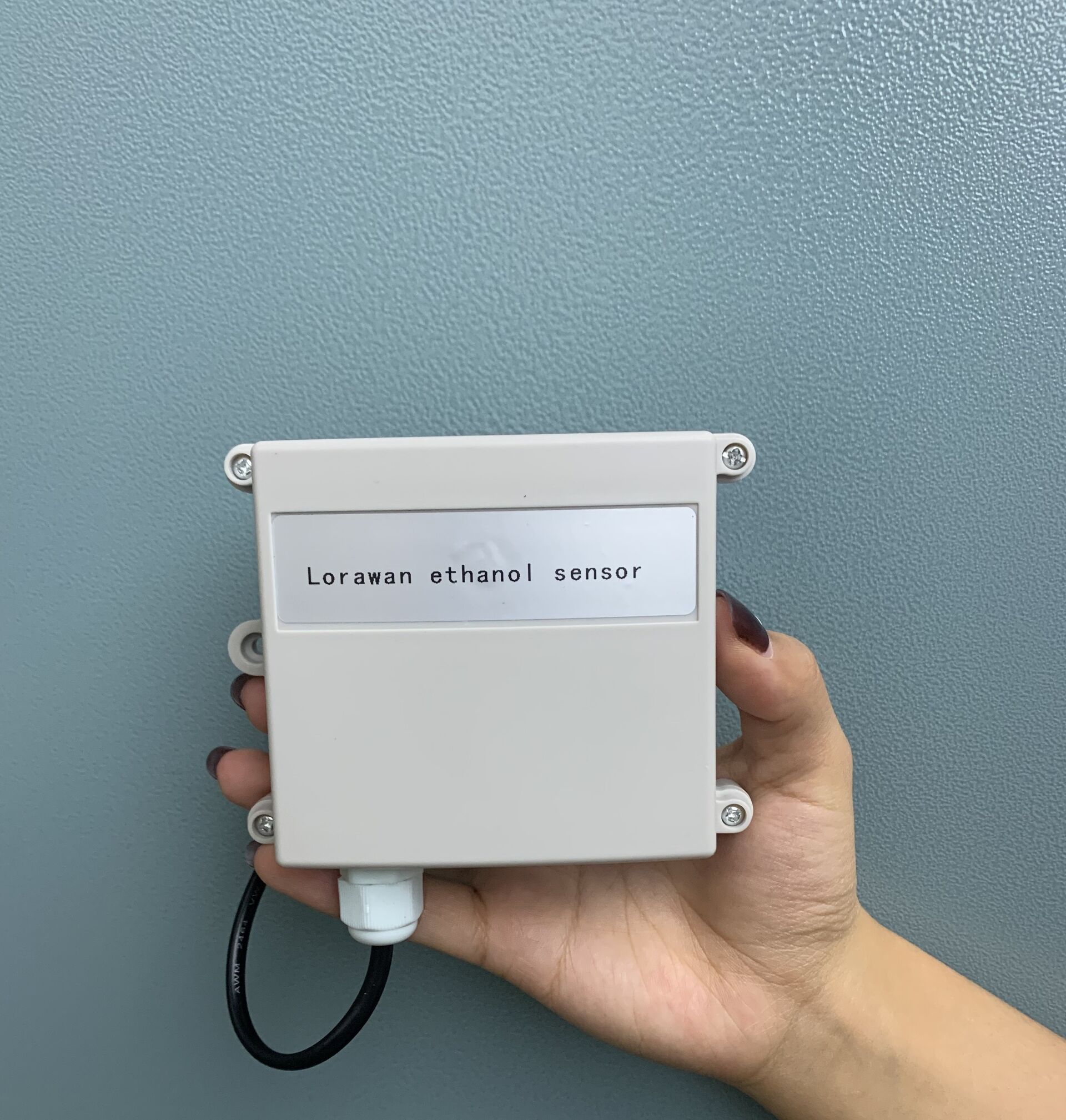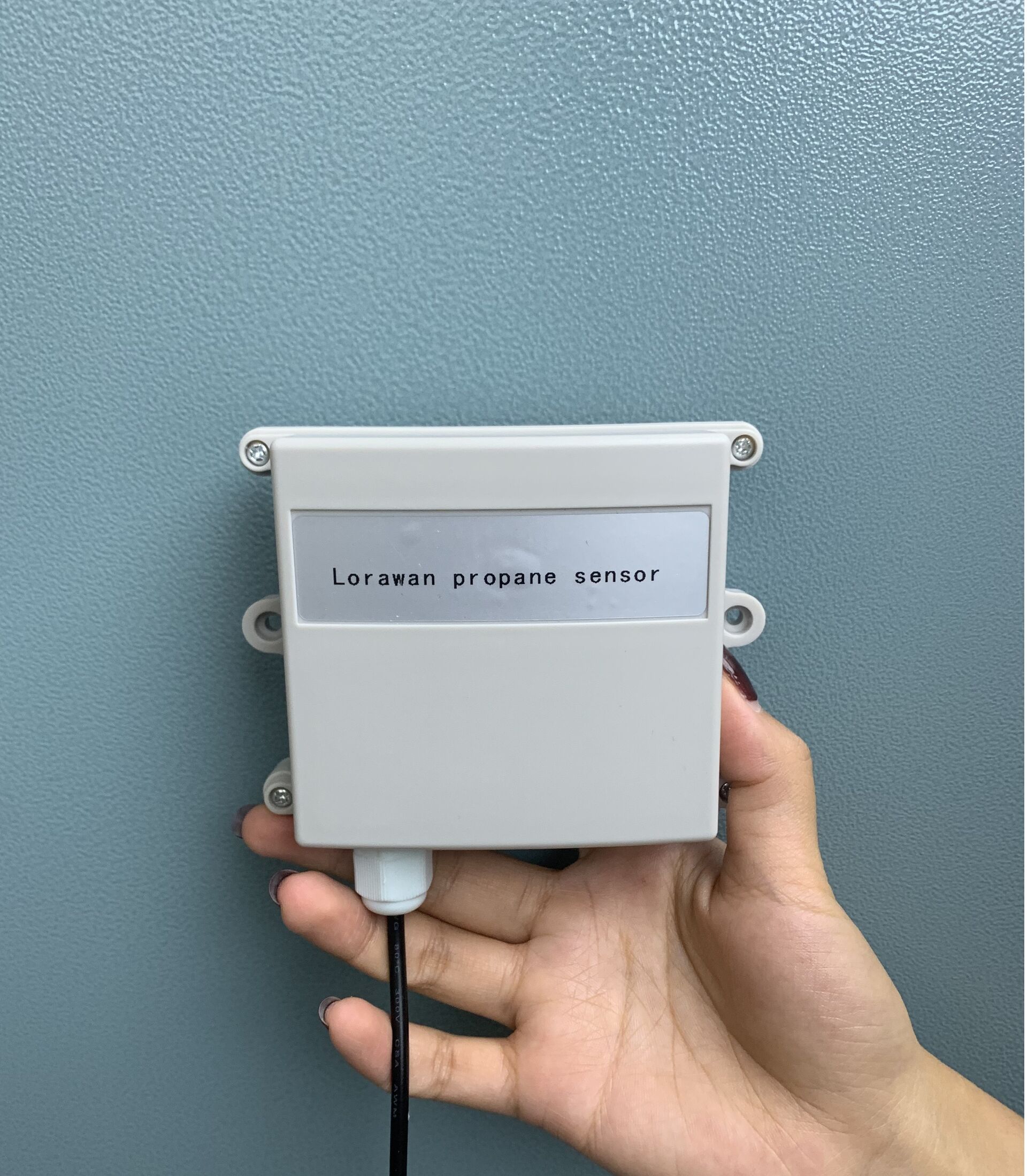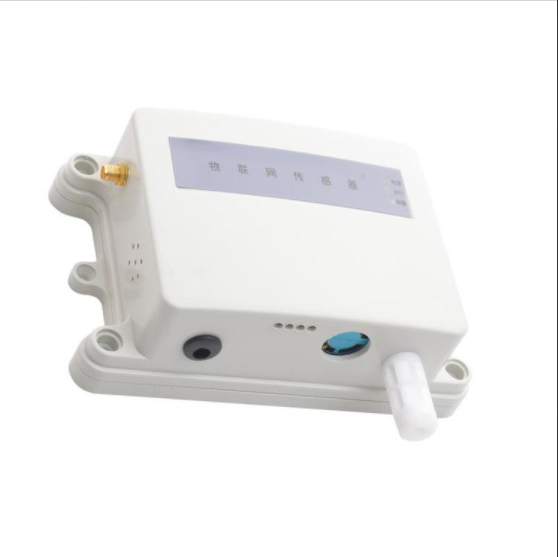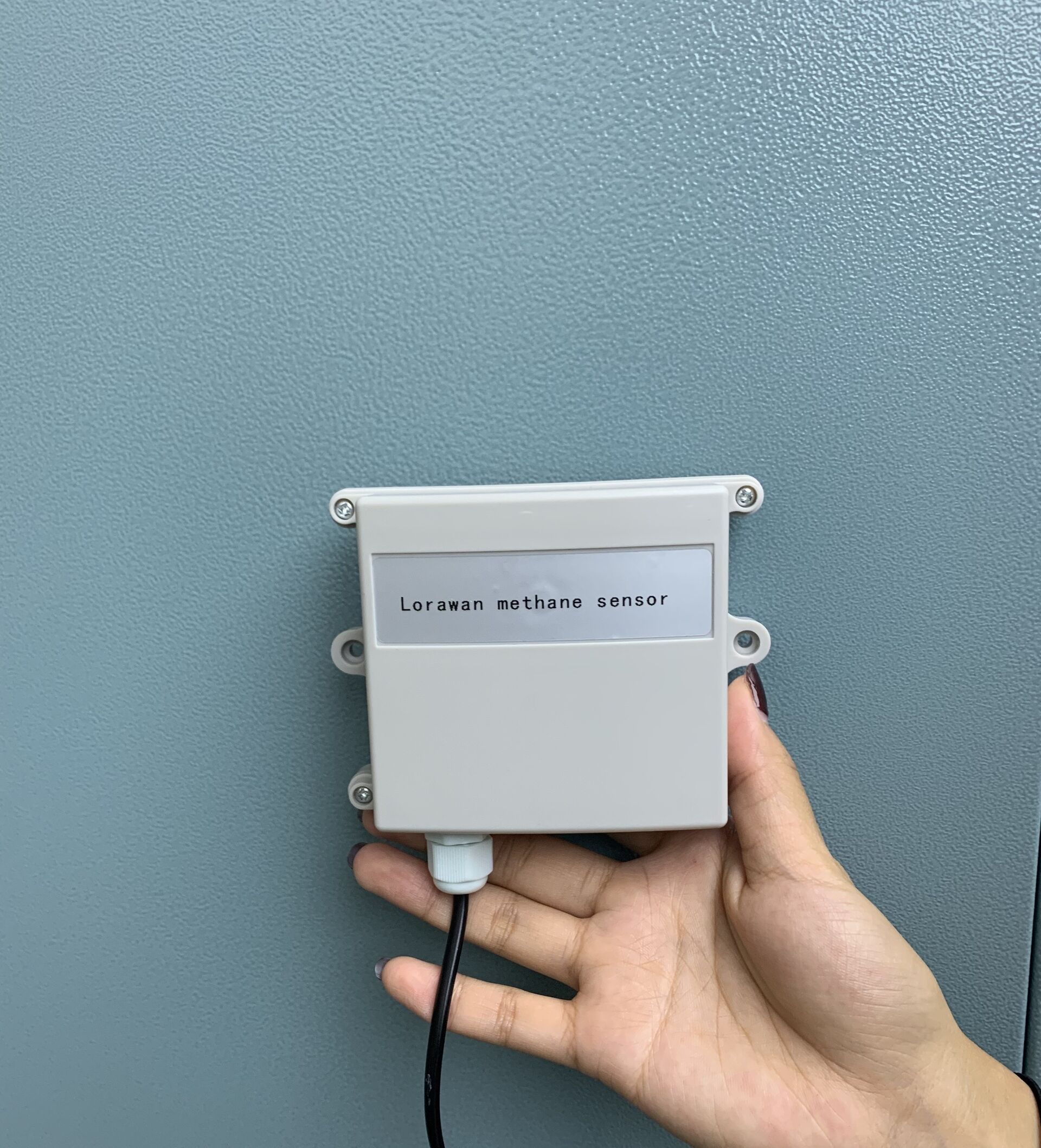Learn more about product details
A LoRaWAN soil sensor is a wireless device designed to monitor various soil parameters and transmit the collected data using the LoRaWAN (Long Range Wide Area Network) protocol. These sensors are especially useful in agriculture, horticulture, and environmental monitoring to optimize water usage, improve crop yield, and manage soil health.
Key Components and Functionality
Sensing Elements: The core components that detect various soil parameters. Commonly measured parameters include:
- Soil Moisture: Measures the volumetric water content in the soil.
- Soil Temperature: Measures the temperature of the soil.
- Soil Electrical Conductivity (EC): Measures the soil's ability to conduct electrical current, which is related to the salinity and nutrient levels.
- pH Level: Measures the acidity or alkalinity of the soil.
Signal Processing Unit: Converts the raw data from the sensing elements into a readable format. This unit processes the signals to determine the soil parameters accurately.
LoRaWAN Module: Enables wireless communication using the LoRaWAN protocol. This module sends the processed data to a gateway, which then relays the information to a central server or cloud platform.
- LoRaWAN Protocol: A low-power, wide-area networking protocol designed for IoT applications. It allows for long-range communication with low power consumption, making it suitable for remote and battery-powered sensors.
How It Works
Parameter Detection: The sensing elements measure various soil parameters. For instance:
- Soil Moisture Sensors: Use techniques like capacitance, resistance, or time-domain reflectometry (TDR) to determine the water content.
- Soil Temperature Sensors: Use thermistors or thermocouples to measure temperature.
- Electrical Conductivity Sensors: Use electrodes to measure the soil's ability to conduct electrical current.
- pH Sensors: Use ion-selective electrodes to measure soil pH.
Signal Conversion: The signal processing unit converts the raw signals from the sensing elements into digital format, representing the specific soil parameters.
Data Transmission: The LoRaWAN module transmits the digital data wirelessly to a LoRaWAN gateway. The gateway forwards the data to a central server or cloud platform for further processing and analysis.
Data Analysis and Alerts: The central server or cloud platform receives the data, stores it, and can trigger alerts or recommendations based on predefined thresholds or analysis. Users can access the data through dashboards or receive notifications via email, SMS, or other communication channels.
Applications
- Precision Agriculture: Monitoring soil conditions to optimize irrigation, fertilization, and crop management practices.
- Horticulture: Managing soil health in gardens, greenhouses, and nurseries.
- Environmental Monitoring: Tracking soil conditions in natural environments to study ecological changes.
- Smart Irrigation Systems: Automating irrigation based on real-time soil moisture data to conserve water and improve plant health.
Advantages
- Long Range Communication: LoRaWAN provides long-range connectivity, allowing sensors to be deployed over large areas, such as farms or forests.
- Low Power Consumption: Ideal for battery-powered devices, ensuring long operational life without frequent battery replacements.
- Scalability: Easily scalable for large networks of sensors, providing comprehensive monitoring coverage.
- Real-Time Data: Enables real-time monitoring and immediate alerts, enhancing decision-making and operational efficiency.
Summary
A LoRaWAN soil sensor combines the capabilities of measuring various soil parameters with the advantages of the LoRaWAN communication protocol. It offers an efficient solution for remote and real-time monitoring of soil conditions, enhancing agricultural practices, environmental monitoring, and smart irrigation systems.
Parameter

PRODUCT
ONLINE CONSULTATION
For inquiries about our products or pricelist, please leave your email to us and we will be in touch within 24 hours.
GOT ANY QUESTIONS
If you have something on your mind, just let us know!
We are more than happy to answer all your inquiries.

For inquiries about our products or pricelist, please leave your email to us and we will be in touch within 24 hours.
Add: No.9999 Jingshi Road, Lixia District, Jinan City, Shandong Province, China
USA Research Center
Add:2455 South Rd, Poughkeepsie, NY 12601 USA
By clicking "Allow All", you agree to the storage of cookies on your device to enhance site navigation, analyze site usage and assist with our marketing efforts. Cookie Notice
